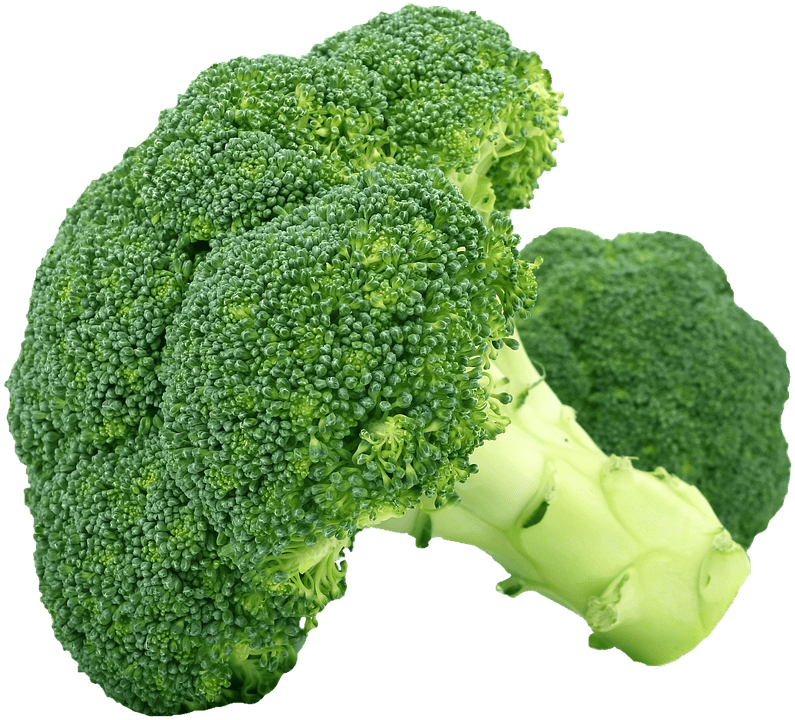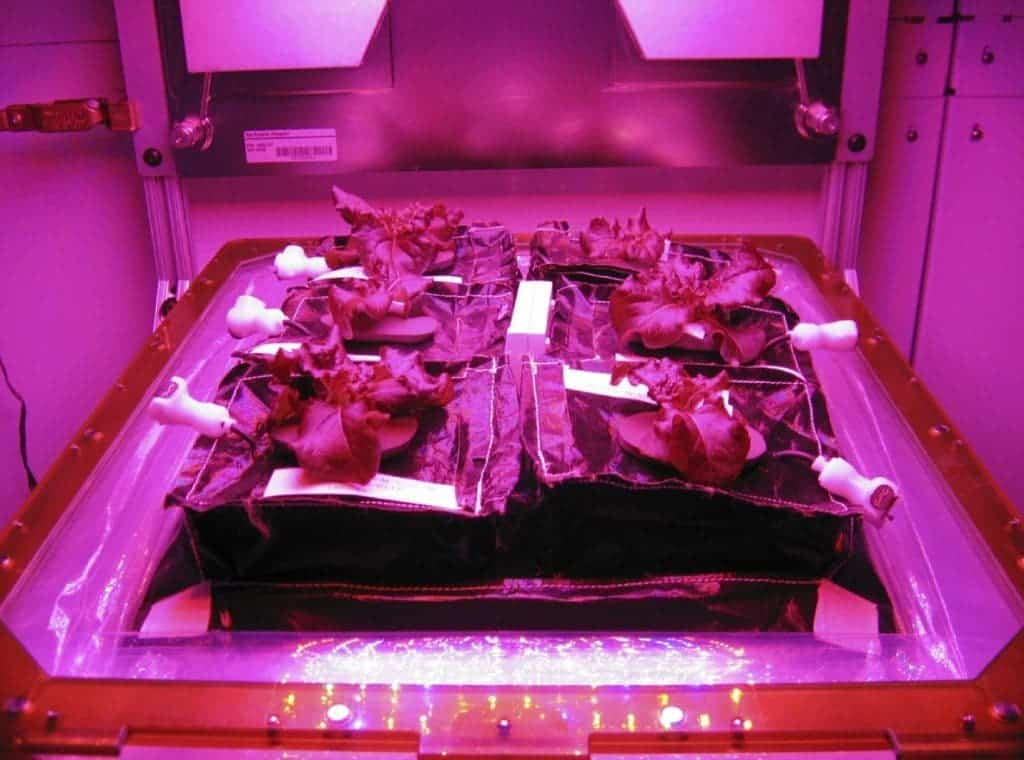Just because you’re in outer space is no excuse to skip your 5 a day.
Space veggies
Space food is not the most appealing thing in the world. Sure, it’s nutritious and it’s exactly what your body needs for those months away from Earth, but astronauts would still benefit from growing their own vegetables — especially for longer missions to the Moon or Mars.
It’s not the first time astronauts have considered growing vegetables in space — in fact, this has been done before by NASA, and the veggies have actually been eaten. Yes, they were reportedly delicious. Now, NASA wants to expand its range of space veggies, but growing plants in microgravity is not the easiest thing in the world: You need a carefully managed environment, a steady source of light, and even then, we don’t know if all plants will grow properly.
But we’ll learn soon enough.
Astronauts will start growing broccoli from six seeds that were placed aboard the Orbital ATK Cygnus spacecraft that launched this week from Wallops Island, Virginia, as part of a space station cargo resupply mission. Three of the seeds are regular seeds, while the other three were coated with two different species of bacteria, developed at the University of Washington: beneficial bacteria called probiotics.
These probiotics are expected to help the plants grow in the unusual, nutrient-poor environment. The special bacteria belong to a class called endophytes, and are expected to help the plants better develop in micro-gravity.
“It would be ideal if we could grow crops for astronauts at the space station or who are lunar- or Mars-based without needing to ship potting mix or fertilizer,” said Sharon Doty, a UW professor in the School of Environmental and Forest Sciences and a plant microbiologist who isolated and characterized the microbes used in this experiment. “We would like to be able to get plants to grow in what is available with a minimum input.”
Remarkably, the probiotic ensemble was developed by students at Valley Christian High School in San Jose, California, The 11 students carried out ground-based tests which were successful: the probiotic bacteria helped the plants grow bigger and faster than normal. It remains to be seen if the same will happen in space.
“It would be ideal if we could grow crops for astronauts at the space station or who are lunar- or Mars-based without needing to ship potting mix or fertilizer,” said Sharon Doty, a UW professor in the School of Environmental and Forest Sciences and a plant microbiologist who isolated and characterized the microbes used in this experiment. “We would like to be able to get plants to grow in what is available with a minimum input.”
Not just broccoli
The microbes are encapsulated inside a coating that protects the seeds. As the seeds sprout, a camera will monitor them and take photos at regular intervals of time.
While a number of different vegetables have already been grown in space, this is the first time probiotics will be employed for plant growth. After the plants will grow in outer space, they will be brought back to Earth, where Doty and the students will measure their growth and development.
Doty has worked on this project for more than ten years, and so far, results indicate that the probiotics could help plants of all kinds, helping them convert nitrogen from the air into essential nutrients for the plant and reduce the need for synthetic fertilizer.
This work is part of the UW Astrobiology Program. When the program was started 20 years ago, it was the first of its kind.
“This is the first step in what I hope becomes a really long-term research program to develop habitation on Mars and on the moon in a very efficient way using natural symbiosis instead of trying to bring chemical fertilizer to those environments,” Doty concluded.











